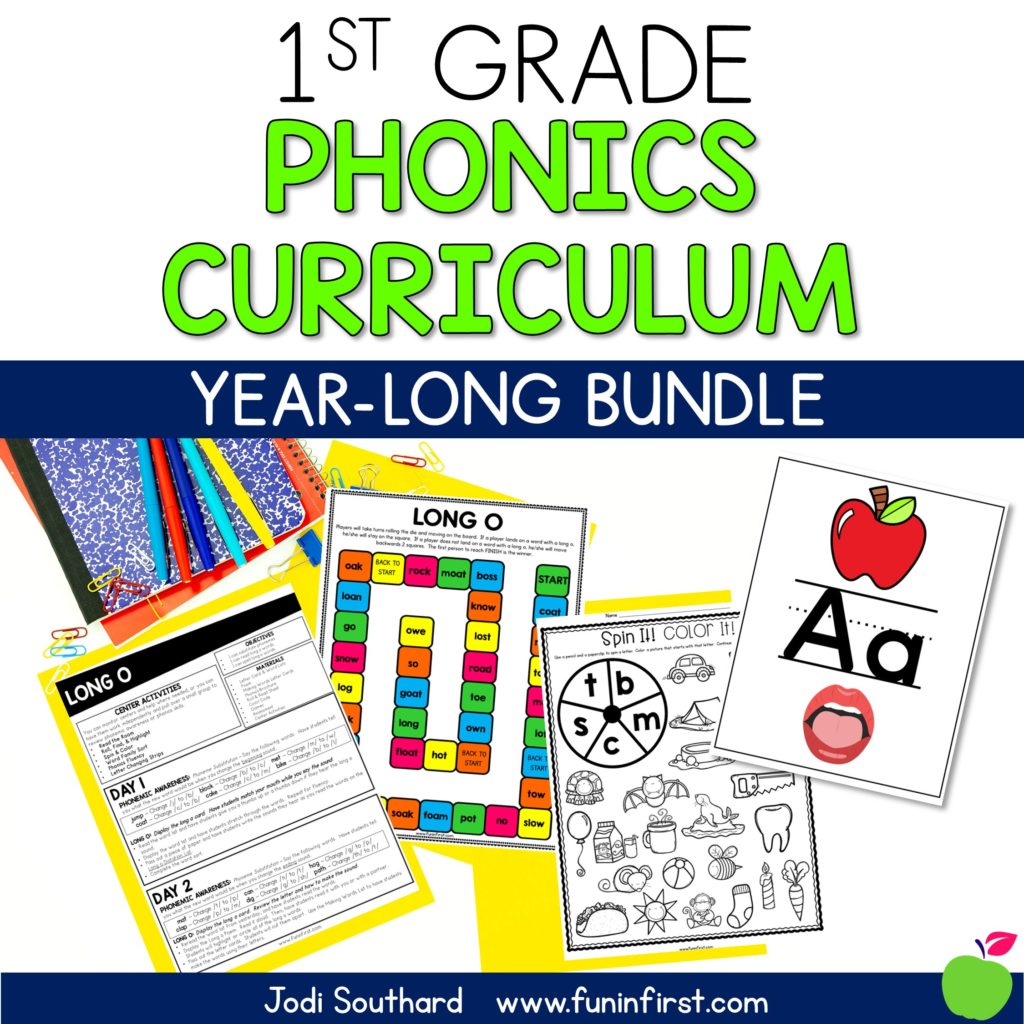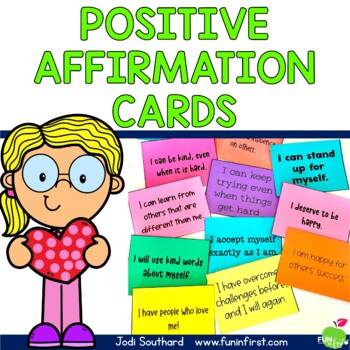Quick and Easy Phonemic Awareness Activities
If there is one thing I know to be certain about teaching reading instruction, it’s that students need many opportunities to learn and practice their phonemic awareness skills. Phonemic awareness sets the foundation for efficient readers and writers. Because time is always limited, I wanted to give you some phonemic awareness activities that you can use with your students that are quick and easy to implement.
Segmentation & Blending
Some of my favorite activities to practice segmenting and blending are materials that most teachers already have in their classroom. Give students a small ball of Play Doh.
Pro tip: allow students a small set amount of time to play with the Play Doh before your instruction begins. Then let them know that once that time is up, the Play Doh becomes a learning tool and we have to use it appropriately.
Tell your students a word and have them pull out smaller balls to determine how many sounds are in the word. Then, your students can touch each part with their finger and then blend together. Super simple, but effective and easy! You can do these activities with chips, unifix cubes, sticky notes, etc. Students can push down on the objects, push forward, drag their finger underneath or just simply touch to show the segmenting/blending.
Phoneme Deletion & Substitution
You don’t need to have anything fancy for this! This is a great skill for students to practice through listening. The best way to work on deleting is to say a word and then ask your student to remove the beginning or ending sound. You can also use unifix cubes for visual learners and have students delete or substitute new sounds.
Rhyming Words
A fun, interactive game to play with students is to use a beach ball and ask students to come up with a word that rhymes with your given word. You will pass to a student, and then they can continue to pass around the ball, each coming up with an additional rhyming word.
Phoneme Isolation
A great way to practice phoneme isolation is to have your students identify which sound you are stating. For example, if you were practicing CVC words, you can have a 1, 2, 3 card for students to show you which sound you isolated.
Putting It All Together
I have used this Phonemic Awareness at Your Fingertips pack for years! This assessment and activity packet is perfect for small group instruction. The packet includes assessments and editable checklists for each of the phonemic awareness skills, which makes tracking super easy. You will also find numerous engaging activities for practicing each of the phonemic awareness skills with your small groups including onset and rime, phoneme blending, phoneme segmentation, phoneme deletion, phoneme substitution. You can grab the pack here!

I hope that you and your students find these phonemic awareness activities fun and engaging! When you can start incorporating practice on a daily basis, your students will be well on their way to building their phonemic awareness skills!









